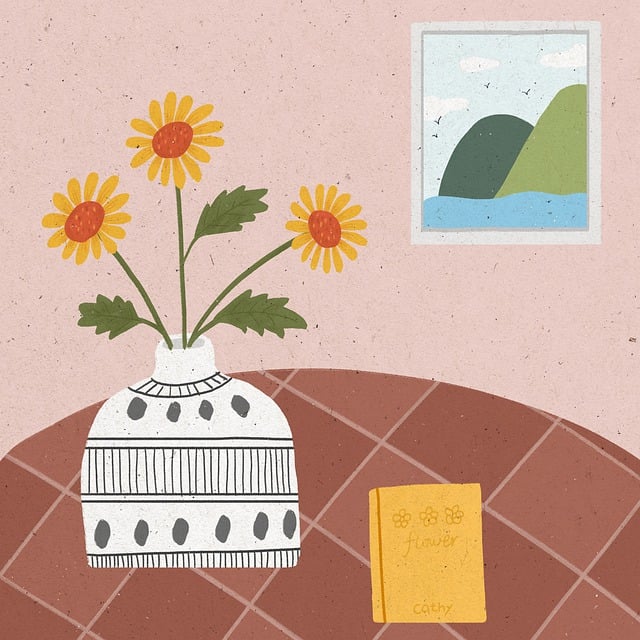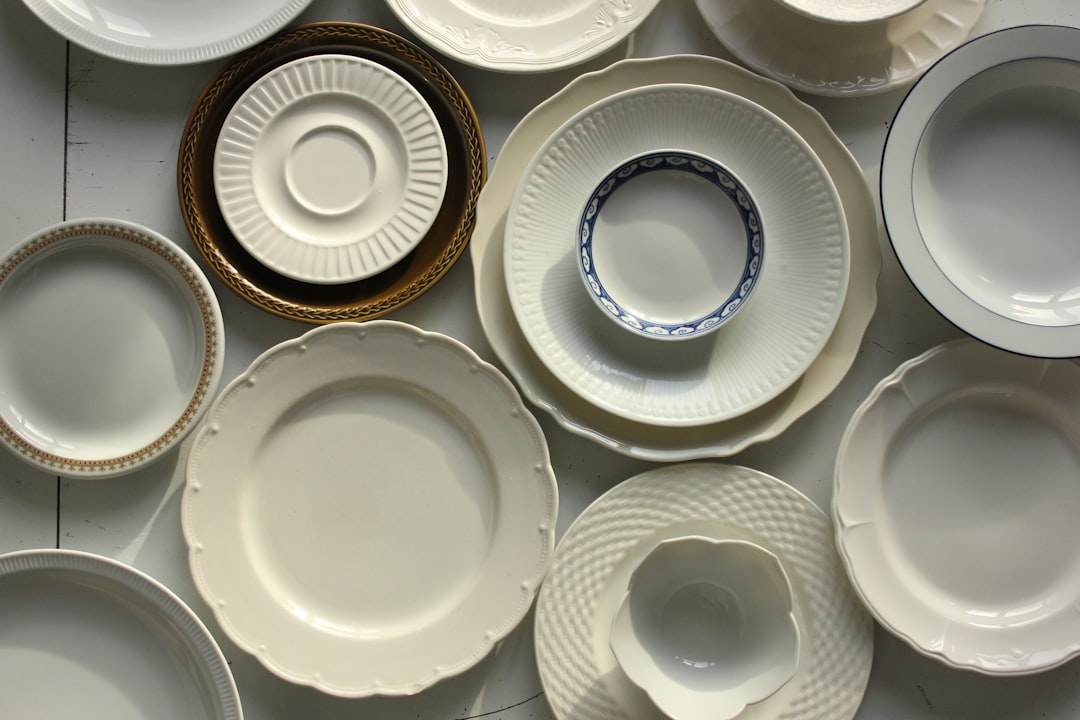Assess your home's mess to initiate efficient Home Organization and Decluttering. Categorize items into essential, occasional, emotional, and redundant types to make informed decisions. Address functional clutter by designating specific spaces and let go of emotionally charged items. Understand sources and causes of clutter, evaluating each room for storage needs, emotional attachments, or accumulation. Solutions may range from storage units to new habits or professional help. Recognize that clutter extends beyond visible items for lasting order reduction.
Are you ready to transform your messy home into a sanctuary of order? This comprehensive guide is your ultimate clutter-busting companion. We’ll help you navigate the journey towards a serene living space by first understanding the various types of clutter that accumulate over time. Discover effective tools and techniques for decluttering, from identifying sources to implementing practical storage solutions. By following these steps, you’ll create a sustainable home organization system tailored to your lifestyle.
- Assessing Your Mess: Understanding Clutter Types
- – Recognizing different types of clutter
- – Identifying sources and causes of clutter in your home
Assessing Your Mess: Understanding Clutter Types
Assessing your home’s mess is the first step towards effective home organization and decluttering. Start by categorizing items into different types: essential, occasional, emotional, and redundant. Essential items are daily necessities, while occasional ones are used sparingly or seasonally. Emotional clutter involves items holding sentimental value but causing space issues. Redundant items are duplicates or those with alternatives already available. Understanding these categories helps in prioritizing what to keep, donate, recycle, or discard.
This assessment enables you to make informed decisions about storage solutions and organization strategies tailored to each item type. For instance, designated storage spaces can be created for occasional items, while digital solutions may suffice for emotional memories instead of physical clutter. By identifying the root causes behind your mess, you can develop a sustainable home organization system that meets your unique needs.
– Recognizing different types of clutter
Clutter can manifest in many forms, and recognizing these different types is the first step toward achieving home organization and decluttering. One common type is functional clutter, where items have a purpose but end up everywhere—a collection of remotes, charging cables, or office supplies scattered around the house. This kind of clutter can be addressed by designating specific spaces for each item, such as a remote caddy or a charging station.
Another category is emotional clutter, which involves keeping items simply because they evoke memories or sentimentality. This might include old magazines, clothing from past eras, or keepsakes that, while meaningful, contribute to an overwhelming sense of disorganization. Home organization and decluttering practices can help by encouraging you to let go of items that no longer serve a purpose or cause stress, creating a more peaceful living environment.
– Identifying sources and causes of clutter in your home
Clutter is often a symptom of deeper issues, so identifying its sources and causes is key to achieving lasting home organization and decluttering. Start by evaluating each room and considering why items accumulate. Do certain areas lack proper storage solutions? Are there emotional attachments to possessions that make letting go difficult? Maybe it’s as simple as an overwhelming accumulation over time or a lack of designated spaces for specific categories of items. Understanding these triggers is the first step in developing strategies to manage and reduce clutter effectively.
By pinpointing the root causes, you can implement tailored solutions. This might involve investing in storage units designed specifically for your space, adopting new habits like setting aside dedicated time for organizing each week, or even seeking professional help if emotional attachments are a major factor. Remember, successful home organization and decluttering require recognizing that clutter is not just about what you see but also understanding the underlying reasons behind it.
In addressing messy homes, understanding and categorizing clutter is the first step towards effective home organization and decluttering. By recognizing various clutter types and identifying their root causes, individuals can begin to navigate this process with clarity. Armed with this knowledge, they can take proactive steps to transform their spaces, creating a sense of calm and control that enhances overall well-being.














